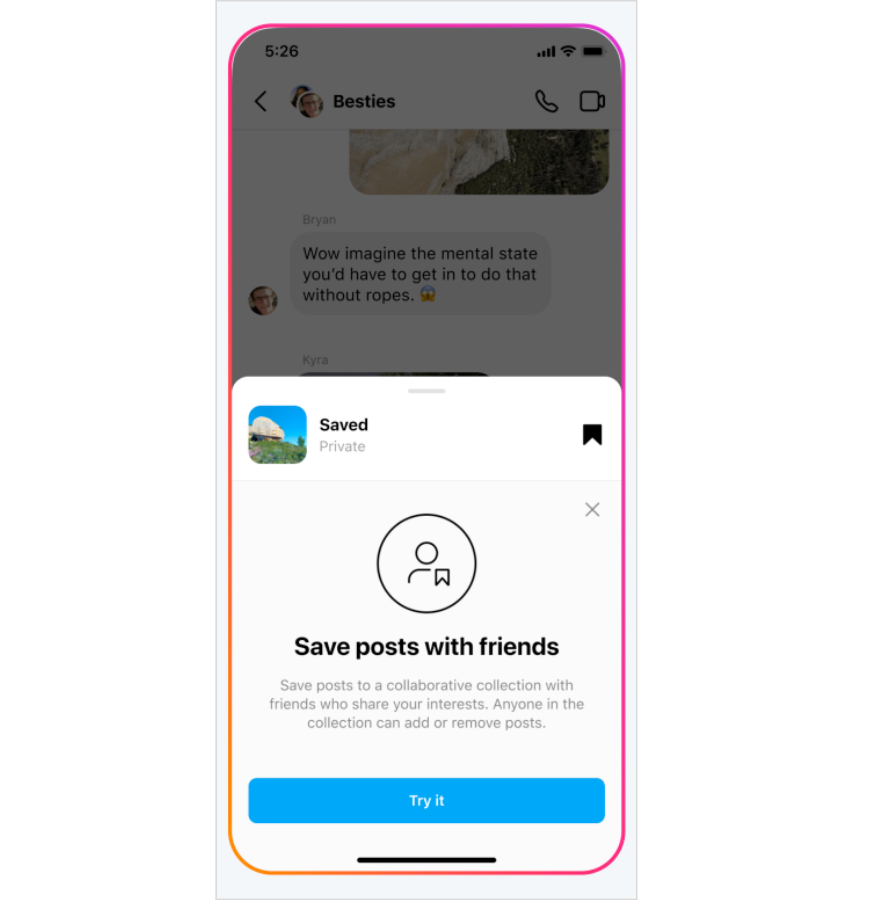After acquiring Spool, Facebook launched a new feature mirroring ‘Pocket’, referred to as ‘Save’. The feature is compatible with iOS, Android, and web platforms and allows users to save links from their newsfeed for later viewing. The Save function isn’t confined to only link retention; it enables users to store a variety of media content such as Events, Music, TV shows, Movies, and Places linked through Facebook Pages.
Unlike Pocket or Instapaper, the Save feature doesn’t cache the content behind the links. Still, it proves to be a beneficial tool for curating and listing content for later consumption. The introduction of the Save function means that Facebook users no longer need to worry about losing intriguing content that they haven’t yet fully explored. As the function is adopted, it can aid in digesting feed reading into more manageable intervals, ensuring that users don’t overlook posts due to lack of time.
Facebook went through several testing stages of this Save feature, starting from 2012. By March of the same year, a design for Save identical to the one users see today was established.
The operation of the Save feature includes a button located in the drop-down menu of each story in the News Feed. Similarly, a special Save button is located alongside the Like button on Facebook Pages for Movies, Places, TV shows, musicians, and events. Users can access their Saved items through the sidebar list of bookmarks on the web homepage and via the More apps list on mobile. However, users might overlook this feature due to the features’ location similarity to other often-overlooked features like Nearby Places and Nearby Friends.
The Saved list is exclusive to individual users and is categorised by content type. Within the list, users have the ability to share items or archive them. Nevertheless, accessing saved links requires an internet connection. To encourage the utilization of this new function, Facebook periodically displays carousels of users’ Saved content on their News Feed. However, the usefulness of this function is still debatable for items such as movies and TV shows. After all, it’s not easy to forget popular recommendations like “Game Of Thrones”. Also, for events you’re contemplating attending, why not merely RSVP “Maybe”?
The introduction of the Save feature was announced through a Facebook blog post, but it still leaves some questions unanswered. Currently, there’s no plan for an API or external Save button, which indicates developers can’t enable users to add to their Saved list from outside Facebook. Facebook addressed queries about possible ad targeting through Saved, stating that while they use the information they receive to provide better services and more relevant advertising, they currently lack the capability to target ads specifically to saved content.
Although Save’s introduction to the read-it-later market is relatively late, its potential is vast. Other services like Pocket have already gained popularity among 12 million registered users. However, Save has a much larger possible market, considering Facebook’s staggering 1.28 billion users. While Pocket provides content caching for offline viewing, tagging, content suggestions, favorites, and a premium tier service, Facebook may not necessarily be targeting these advanced users. Facebook’s Save is more oriented towards those seeking a rudimentary and user-friendly read-it-later feature capable of enhancing cross-platform usage and mobile feed reading, and also understanding user preferences for high-quality stories.
With the introduction of Save, users can gather links during desktop browsing and review them on mobile during commutes or other idle periods. This revolutionary method of use could make Facebook’s apps a compelling location for consuming more detailed content rather than just swiftly glancing at the feed. The ability to Save links for later can also enhance the value of newsfeed reading during short breaks. The presence of Save might make it easier to engage with quick-bite content like photos and status updates, knowing lengthier content can be enjoyed later, thereby improving the overall user experience.
Minor enhancements were applied in 2025 for readability.
Discover more from TechBooky
Subscribe to get the latest posts sent to your email.







